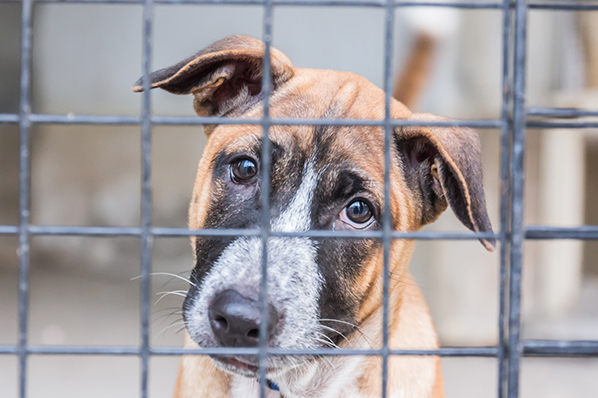 As most dog owners will profess, a rescued dog really is the best dog to have. There seems to be an added level of appreciation that flows from that four-legged creature. Could they know they’re being given a new lease on life both literally and figuratively? Deciding to bring a dog into a home is a major decision. This has the potential to create a lot of fun and companionship but also some level of upheaval. Schedules will have to be adjusted and added expenses like food and vet care have to be factored into the household budget. All of that begins when the perfect pound pooch is picked. Here are some of the best approaches for the selection process:
As most dog owners will profess, a rescued dog really is the best dog to have. There seems to be an added level of appreciation that flows from that four-legged creature. Could they know they’re being given a new lease on life both literally and figuratively? Deciding to bring a dog into a home is a major decision. This has the potential to create a lot of fun and companionship but also some level of upheaval. Schedules will have to be adjusted and added expenses like food and vet care have to be factored into the household budget. All of that begins when the perfect pound pooch is picked. Here are some of the best approaches for the selection process:
Decide On the Best Type of Dog
A visit to a shelter will quickly reveal that dogs come in all shapes, sizes and colors. It will help narrow down the choices if the reasons for getting a dog are brought into focus. Is the hope that the dog will be a lap companion? Will they be going on a lot of hikes and outdoor adventures? Are kids part of the equation? These are all factors that should be thought of before going into a shelter. Just be prepared that all of that can fly out of the window with one look of those adoring puppy dog eyes.
Watch From Afar First
Before approaching a particular kennel, it will help to watch the dogs from afar first. Do they seem relatively calm or are they cowering in a corner? Are they anxiously pacing in the kennel or just watching who goes by? What happens when someone approaches? Do they turn aggressive or friendly?
Spot the Friendly Dogs
Dog training is a good tool to help bring a dog under control but it is hard to teach friendliness. That is innate in dogs as much as it is in humans. A friendly dog will wag their tail when they see someone approaching. This wag should be low and loose as opposed to rigid and up high over their body. A friendly dog will have an open mouth like a grin and squinty eyes. Friendly dogs can and do bark but that bark needs to be more light than guttural.
Approach Slowly
Part of a dog training program has to do with how an owner approaches their dog. If that owner comes home excited and charged up to see the dog, then that dog will model that behavior. A better approach is to come in calm, let the dog work out their initial excitement and then go in for some quality time. That same approach can be taken at the shelter. Approach the kennel and look at the dog directly but don’t engage. See how they react. Are they happy or fearful? Are they staring back or growling?
Spend Some Alone Time
It will help if the potential owner and dog can spend time alone in a secluded room. This is the best way to see how the dog will react to a more calm setting. Are they still playful? Do they submit to pets and rubs? Do they settle down?
These are all the kinds of things that will go on during a dog training session with a professional trainer. It is all about assessing the strengths and weakness areas of that pet to make sure they can become the best companion for the home.







